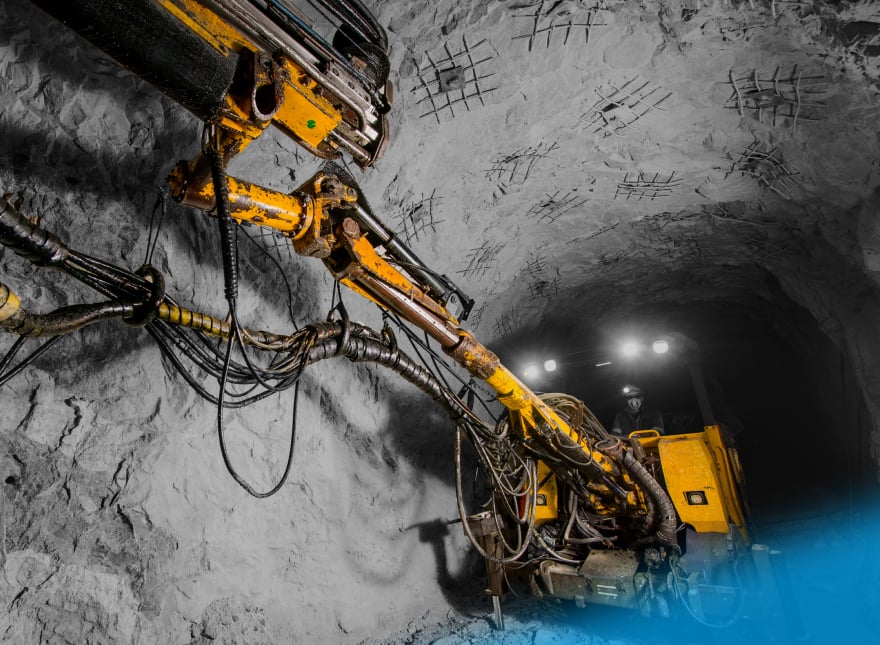The mining industry presents a myriad of challenges, and one of the most concerning hazards is the presence of airborne dust in underground mines. This dust poses a twofold risk: health hazards for miners due to airborne particles produced by rocks, coal, and minerals, as well as the potential danger of explosive carbon dust. To address these challenges, it is imperative to not only understand the nature of these dust particles but also to develop effective methods for monitoring and controlling them. This article explores the significance of optical dust sensors in the mining industry and their potential to revolutionize safety protocols.
Understanding the Dust Challenge
Dust particles generated in underground mines span a size range from 0 to approximately 400 micrometers. They exhibit irregular shapes and tend to strongly absorb light. It is widely recognized that the most health-risky particles fall within the 1 μm to 5 μm size range. What makes them particularly hazardous is that they are invisible to the naked eye, necessitating specialized equipment for their control and measurement. While gravimetric measurement methods are commonly employed in post-event evaluations, they are ill-suited for providing instantaneous risk warnings.
Optical Dust Sensors: A Paradigm Shift
To address the need for real-time dust risk recognition and prevention, the mining industry is turning to optical dust sensors. These sensors rely on the light scattering effect caused by dust particles, a principle commonly utilized in devices of this kind. However, the novelty lies in the intricate design details of these sensors. Dust scattering is a complex interplay of various factors, including the type of dust, its size, shape, and concentration. Furthermore, the operating conditions in mining environments are harsh, characterized by high humidity, elevated temperatures, vibrations, and constant contact with dust, all of which can adversely affect the sensors’ reliability.
The Construction and Operation of Optical Dust Sensors
The key to the effectiveness of optical dust sensors lies in their construction. They are meticulously designed to withstand the rigors of mining environments while providing accurate and real-time dust concentration data. The sensors operate on the principle of light scattering, where dust particles pass through the sensor’s beam to scatter light. By analyzing this scattered light, the sensor can deduce important information about the dust, including its concentration.
Overcoming Environmental Challenges
Optical dust sensors intended for the mining industry must overcome a series of environmental challenges. They are exposed to high humidity levels, which can affect the optics and sensor performance. Elevated temperatures, a common feature in mines, also put additional stress on the sensors. The constant vibrations in the mining environment can disrupt their operation. And, of course, the sensors are in continuous contact with dust, which can further complicate their accuracy and longevity.
First Laboratory and Operational Tests
The development of optical dust sensors for the mining industry is an ongoing process, with the potential to greatly enhance safety in these hazardous environments. First laboratory and operational tests have shown promise in their ability to provide reliable data for monitoring and managing dust concentrations in real time. These sensors offer a new level of precision and responsiveness that could prove invaluable in safeguarding the health and well-being of miners.
In conclusion, optical dust sensors represent a significant step forward in addressing the complex issue of dust hazards in the mining industry. These sensors are poised to revolutionize safety protocols by providing real-time data and enabling immediate responses to elevated dust levels. While challenges persist, ongoing research and development are expected to refine and enhance the performance of optical dust sensors, making them an indispensable tool for ensuring the safety of miners in underground environments.






No comment